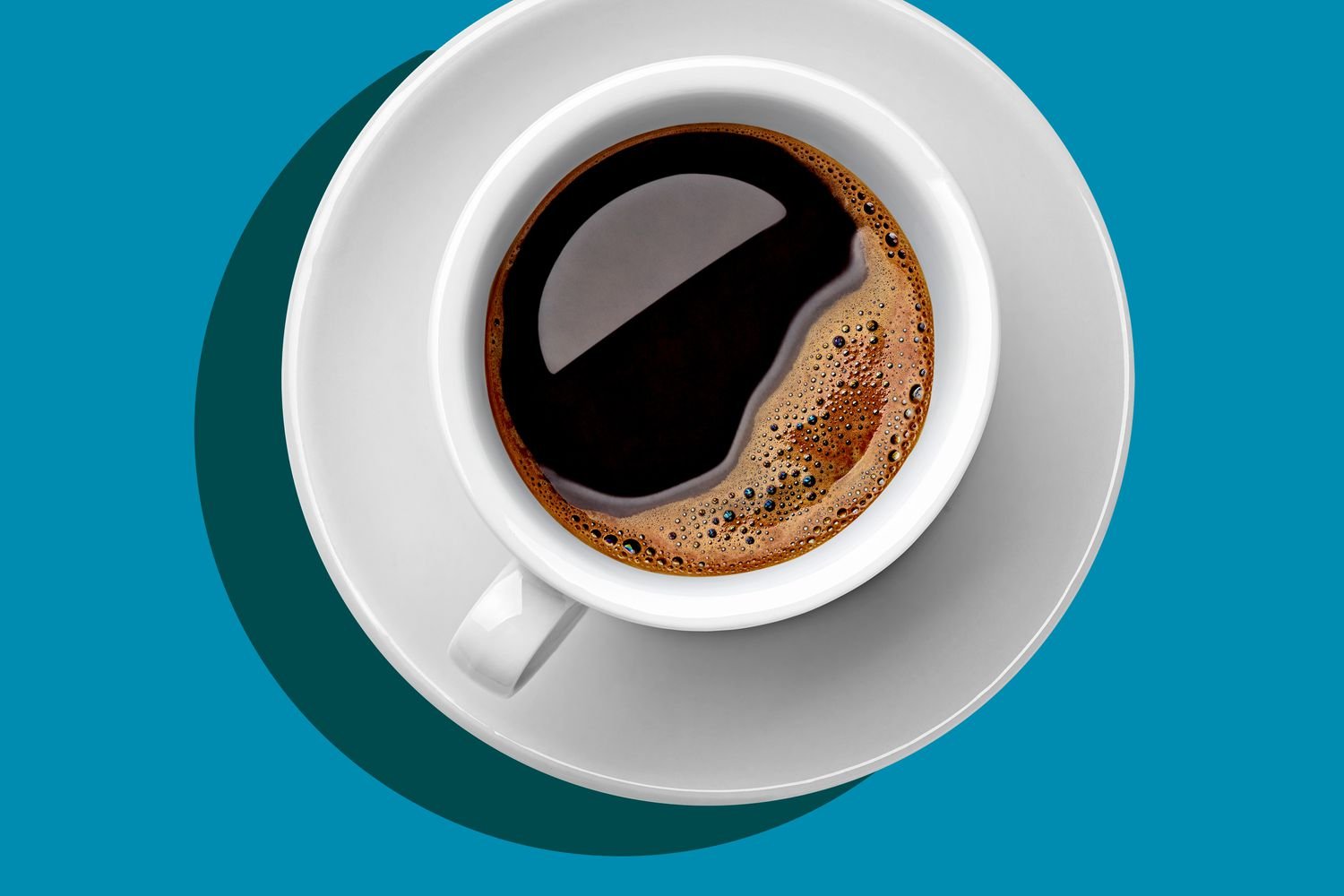Caffeine is one of the most widely consumed psychoactive substances in the world, and coffee is a primary source for many people. Understanding the caffeine content in a cup of coffee involves exploring several factors, including the type of coffee bean, brewing method, serving size, and individual variations in caffeine sensitivity.
Caffeine Content in Coffee
On average, an 8-ounce (240 ml) cup of spirituous coffee contains approximately 95 milligrams of caffeine. However, this icon can vary significantly. The type of coffee stone plays a crucial role; Arabica beans, which are increasingly popular and often considered higher quality, typically have well-nigh 12 milligrams of caffeine per gram of coffee. In contrast, Robusta beans, known for their stronger savor and higher caffeine content, contain virtually 22 milligrams per gram. This difference ways that a cup made from Robusta beans can have nearly double the caffeine of one made from Arabica beans.
Brewing Methods
The brewing method moreover influences caffeine levels. Here are some worldwide methods and their typical caffeine content:
1. Drip Coffee: This is the most worldwide preparation method in many households and cafés. An 8-ounce cup typically contains 95 mg of caffeine.
2. Espresso: A single shot (1 ounce) of espresso contains well-nigh 63 mg of caffeine. Though espresso has a higher caffeine concentration, it’s usually consumed in smaller quantities.
3. French Press: This method, which allows coffee grounds to steep in hot water, often results in a cup with well-nigh 80-100 mg of caffeine per 8 ounces.
4. Cold Brew: Unprepossessed brewing typically results in a smoother, less acidic coffee. However, it often contains increasingly caffeine than hot-brewed coffee, averaging 100-200 mg per 8-ounce serving, depending on the coffee-to-water ratio used during brewing.
5. Instant Coffee: Often lower in caffeine, an 8-ounce cup of instant coffee contains well-nigh 30-90 mg, depending on the trademark and preparation.
Serving Size and Caffeine Sensitivity
Serving sizes can moreover impact the total caffeine intake. Many coffee drinks, expressly those from specialty coffee shops, come in larger sizes, often ranging from 12 to 20 ounces. A 16-ounce (grande) cup of spirituous coffee could hands contain virtually 200 mg of caffeine or more, depending on the specifics mentioned earlier.
Caffeine sensitivity varies from person to person. Factors such as genetics, habitual consumption, and individual metabolism can significantly influence how caffeine affects someone. Some people might finger jittery or yellow-eyed without just one cup, while others can slosh multiple servings without noticeable effects. Regular coffee drinkers may develop a tolerance, permitting them to slosh larger amounts without side effects.
Health Implications
Caffeine is often associated with both positive and negative health effects. Moderate coffee consumption is linked to several health benefits, including improved cognitive function, reduced risk of unrepealable diseases (like Parkinson’s and Alzheimer’s), and plane increased longevity. The key is moderation; for most adults, a daily intake of 400 mg of caffeine—roughly four 8-ounce cups of coffee—is considered unscratched and may plane be beneficial.
However, excessive caffeine consumption can lead to negative effects such as insomnia, increased heart rate, anxiety, digestive issues, and dependency. Pregnant women and individuals with unrepealable health conditions are often well-considered to limit their caffeine intake.
Conclusion
In summary, the caffeine content in a cup of coffee can vary widely based on the type of coffee bean, brewing method, serving size, and individual sensitivity. On average, an 8-ounce cup of spirituous coffee contains well-nigh 95 mg of caffeine, but this can range from as little as 30 mg in instant coffee to upwards of 200 mg in unrepealable unprepossessed brews. Understanding these variables can help consumers make informed choices well-nigh their coffee intake, permitting them to enjoy its stimulating effects while minimizing potential downsides. Whether you prefer a rich espresso or a refreshing unprepossessed brew, the key is to find a wastefulness that works for your lifestyle and health needs

